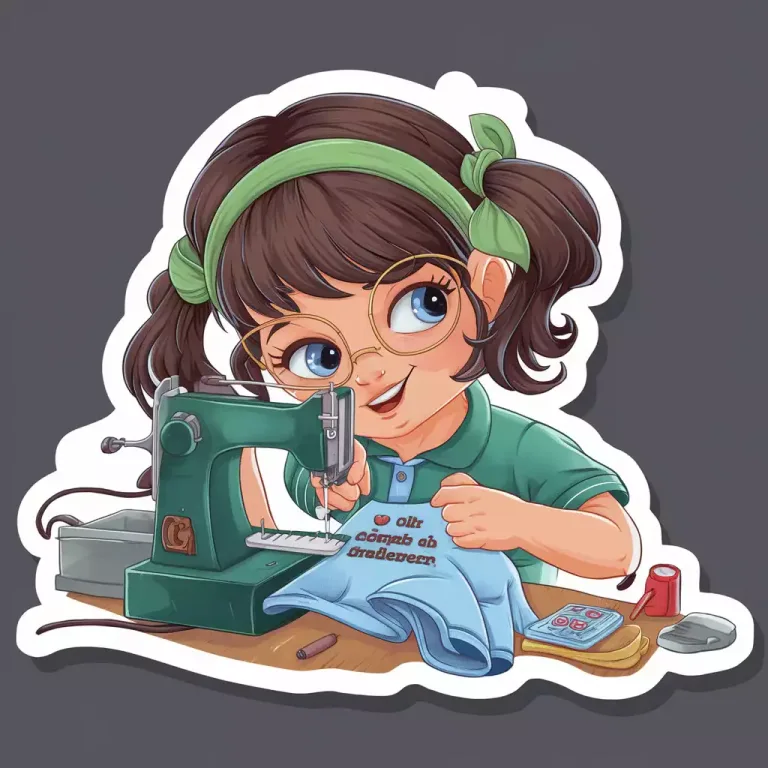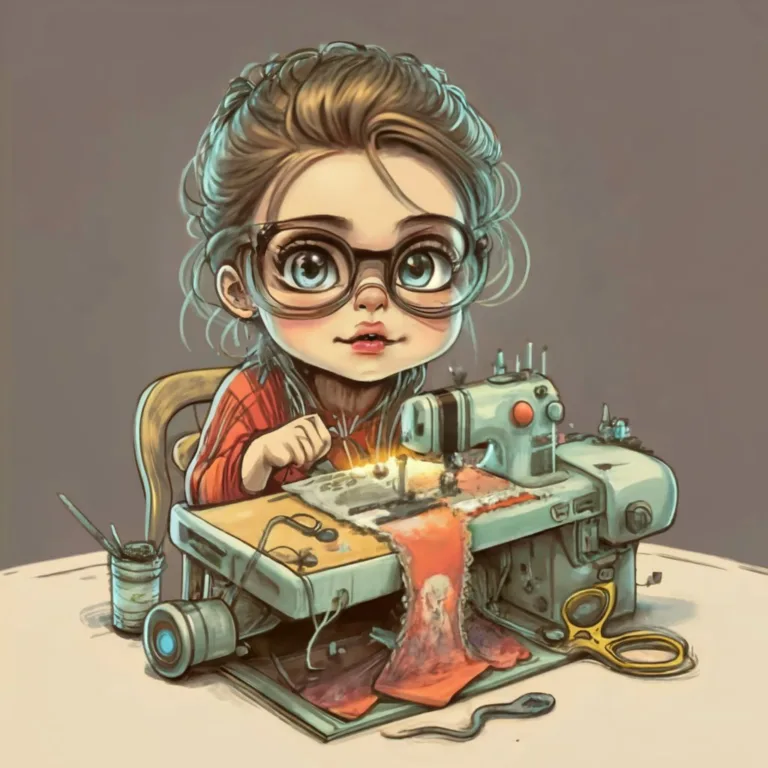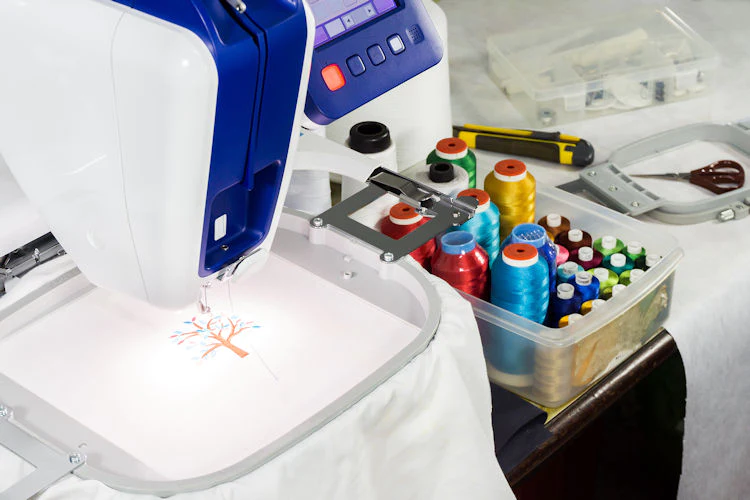Edge to Edge Quilting with an Embroidery Machine: Tips and Techniques
Edge to edge quilting is a popular technique used by quilters to create a continuous pattern across the surface of a quilt. Traditionally, this technique was done by hand or with a long-arm quilting machine. However, with the rise of embroidery machines, it is now possible to use them to achieve the same result. In this article, we’ll take a look at edge to edge quilting with an embroidery machine, including tips and techniques for getting the best results.
What is Edge to Edge Quilting?
Edge to edge quilting is a technique used to cover the entire surface of a quilt with a continuous pattern. This pattern can be created using a range of techniques, including free-motion quilting, long-arm quilting, and embroidery machine quilting. When done properly, edge to edge quilting can create a stunning finished product that is both beautiful and functional.
Embroidery Machines and Edge to Edge Quilting
Embroidery machines are a versatile tool that can be used for more than just embroidery. With the right setup, they can also be used for edge to edge quilting. The key to using an embroidery machine for quilting is to have the right design and stabilizer setup.
Design Selection
When selecting a design for your edge to edge quilting project, there are a few things to consider. First, you want to choose a design that is continuous and will flow seamlessly across the surface of your quilt. Second, you want to choose a design that is not too dense or too sparse. A design that is too dense will create a stiff quilt, while a design that is too sparse will create a weak quilt.
Stabilizer Selection
In order to use an embroidery machine for edge to edge quilting, you will need to use a stabilizer. The stabilizer is what holds the fabric in place during the stitching process. There are a few different types of stabilizers that can be used for quilting, including tear-away stabilizers, cut-away stabilizers, and water-soluble stabilizers. Each type of stabilizer has its own advantages and disadvantages, so it’s important to choose the one that is right for your project.
Tips and Techniques for Edge to Edge Quilting
-
Choose the Right Thread
When quilting with an embroidery machine, it’s important to choose the right thread. A high-quality thread will create a better finished product and will be less likely to break or cause other problems. Look for a thread that is strong and colorfast.
-
Use the Right Needle
In addition to the thread, it’s also important to use the right needle. Choose a needle that is appropriate for the type of fabric you are using. A needle that is too large will leave holes in the fabric, while a needle that is too small will break or cause other problems.
-
Test Stitch on a Scrap Piece of Fabric
Before stitching on your quilt, it’s a good idea to test the design on a scrap piece of fabric. This will allow you to see how the design looks and make any necessary adjustments before stitching on the actual quilt.
-
Use a Quilting Hoop
Using a quilting hoop can help to keep the fabric in place while you are stitching. This is especially important when working on larger projects.
-
Plan Your Design
Before you start stitching, it’s important to plan your design. This will help you to ensure that the design flows seamlessly across the surface of the quilt and that there are no gaps or overlaps.
-
Use a Tension Tester
Using a tension tester can help you to ensure that your thread tension is correct. This will help to prevent thread breakage and other problems.
-
Use the Right Speed
When quilting with an embroidery machine, it’s important to use the right speed. Quilting at a high speed can cause the thread to break or cause other problems. Start out slow and gradually increase the speed as you become more comfortable with the process.
-
Take Breaks
Quilting can be a time-consuming process, so it’s important to take breaks to rest your eyes and hands. This will help to prevent fatigue and ensure that you are able to complete your project without making mistakes.
-
Finish Your Quilt
Once you have finished your edge to edge quilting, it’s important to finish your quilt. This can be done by adding binding or other finishing touches to the edges of the quilt.
In conclusion, edge to edge quilting with an embroidery machine is a versatile and effective way to create stunning quilts. By following these tips and techniques, you can achieve great results with your embroidery machine and create beautiful quilts that are both functional and aesthetically pleasing.
Related Posts
Discover relevant articles, tutorials, and tips to improve your skills and explore new techniques.
Stay inspired and connected to our embroidery community.






